Commercial silicon-based solar cells have made significant improvements in efficiency over the past decade, increasing from around 15% efficiency in 2015 to just shy of 25% in 2025.
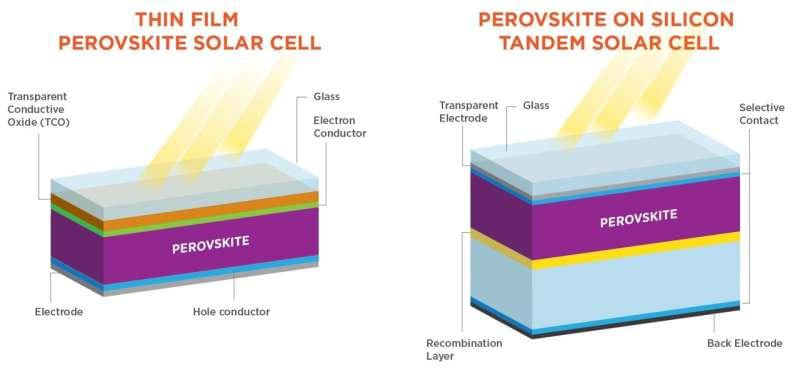

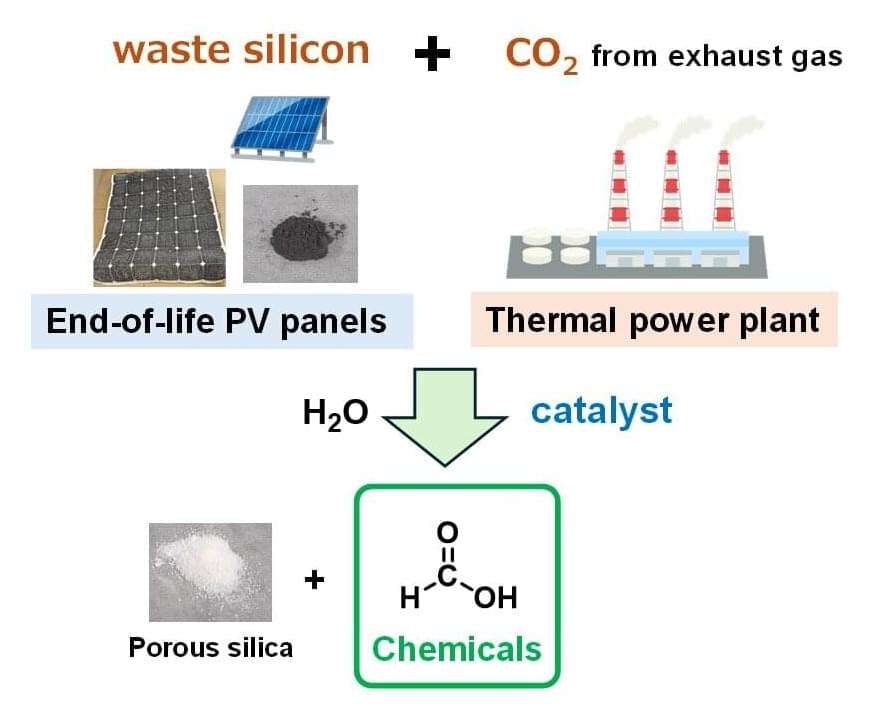
Centuries ago, alchemists worked furiously to convert the common metal lead to valuable gold. Today, chemists are repurposing discarded solar panels to create valuable organic compounds from carbon dioxide (CO2), a common greenhouse gas.
Significantly reducing greenhouse gases in the atmosphere to mitigate the most devastating effects of climate change will require a large reduction in emissions as well as strategies designed to sequester emitted CO2 and other offending gases. While simply sequestering greenhouse gases would fulfill this goal, creating useful organic chemicals from waste CO2 is akin to generating valuable materials from trash.
A team of chemists from Yokohama National University, Electric Power Development Co., Ltd. and the Renewable Energy Research Center at the National Institute of Advanced Industrial Science and Technology (AIST) recently decided to tackle two waste problems—excess CO2 emissions and decommissioned solar panels —in the pursuit of creating value-added organic chemicals. The team designed a study to determine if recycled components of discarded solar panels could be used to efficiently convert CO2 into useful, carbon-based compounds.
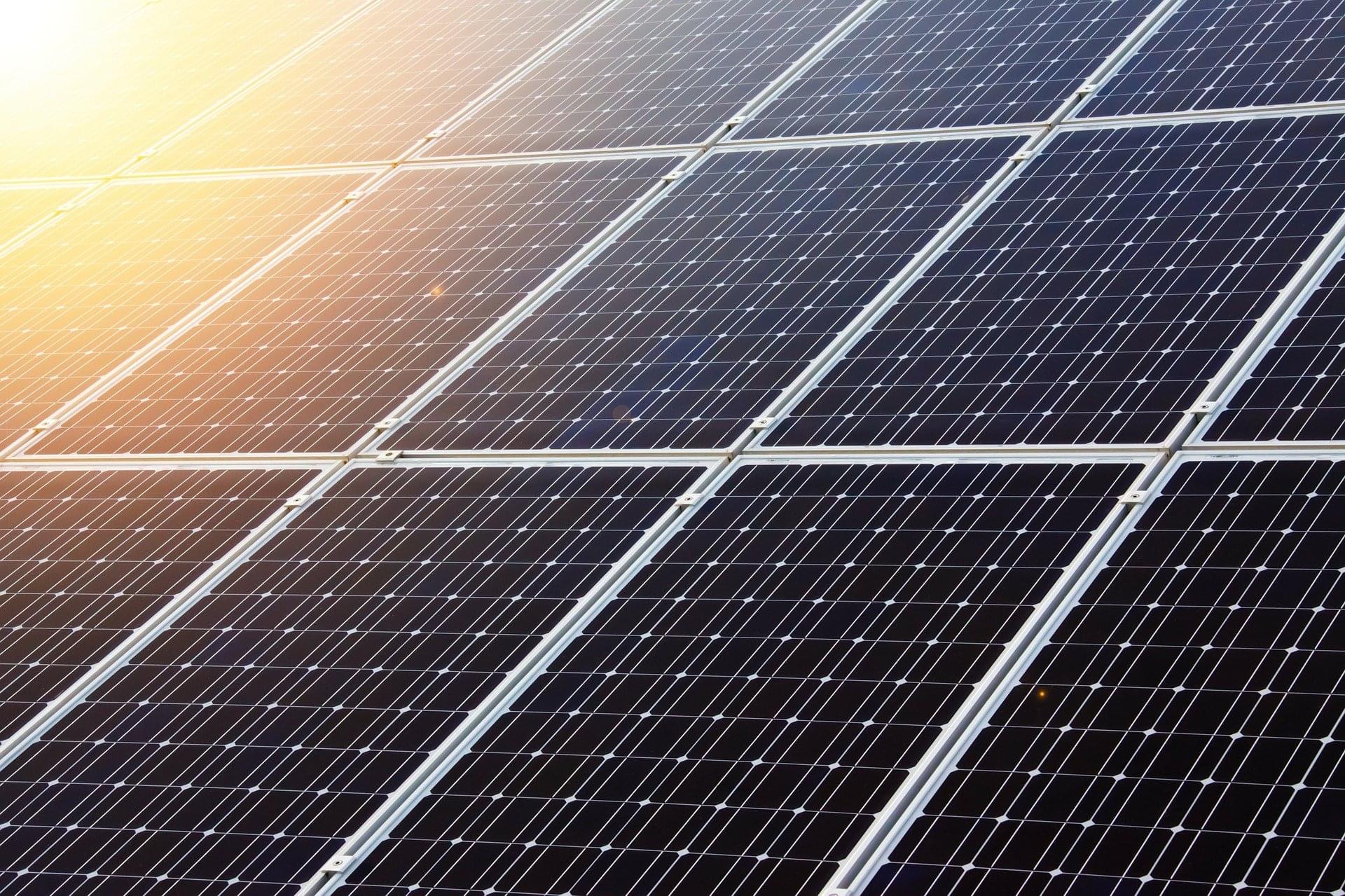
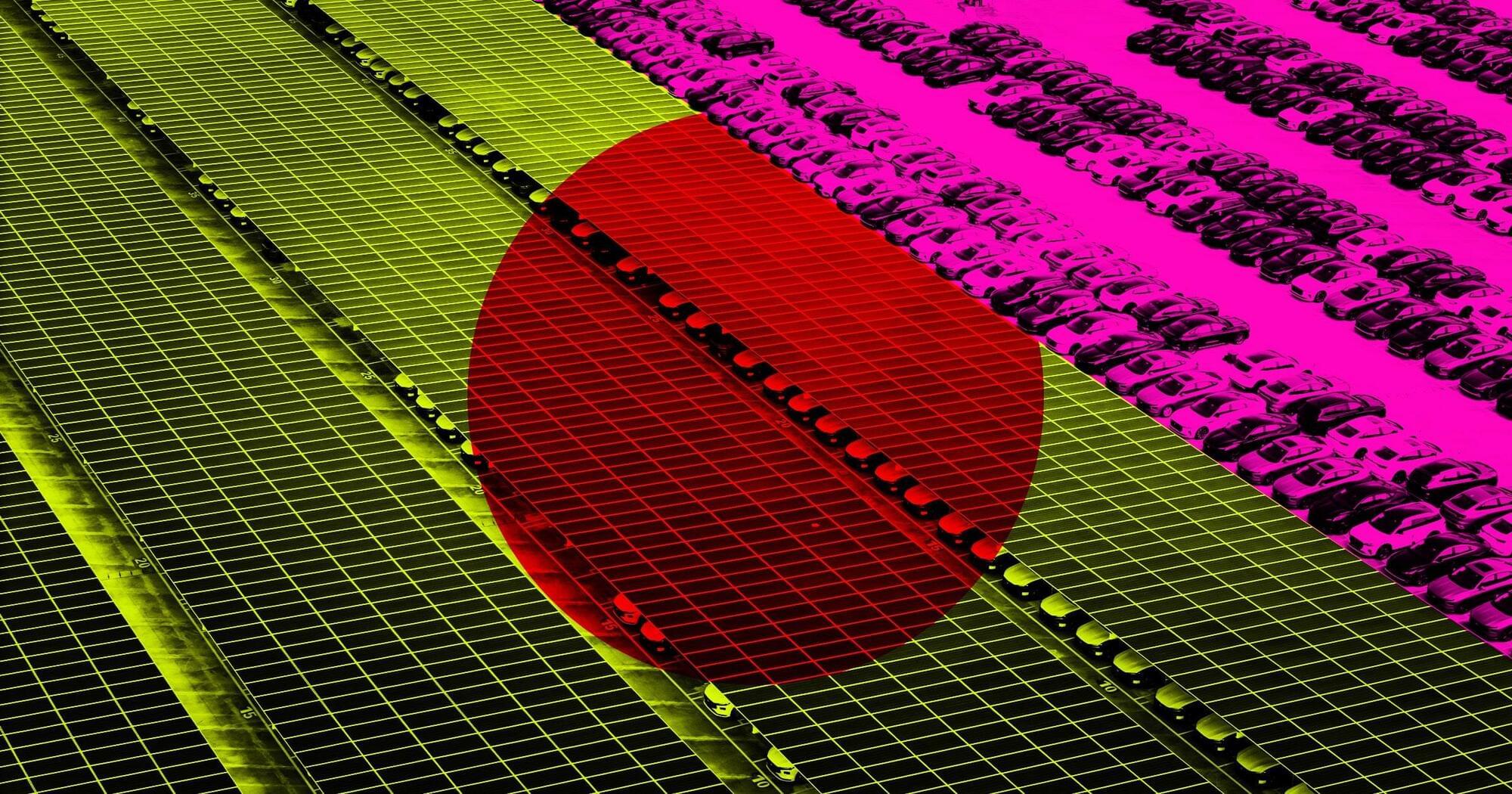
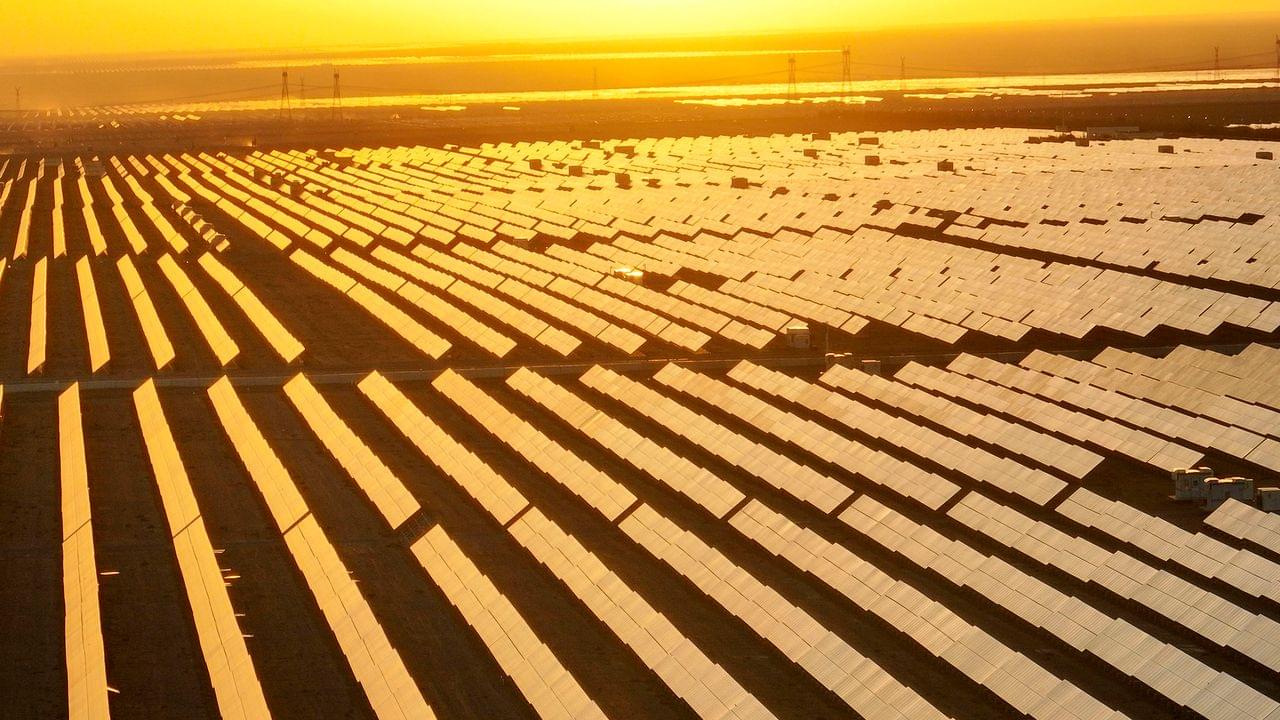


The SunRise Building, a residential complex in Alberta, Canada, has established a Guinness World Record for the largest solar panel mural.
The installation combines art with building-integrated photovoltaics (BIPV), contributing to the building’s energy supply. This project measures 34,500 square feet and provides 267 kW of solar capacity, powering the building’s common areas.
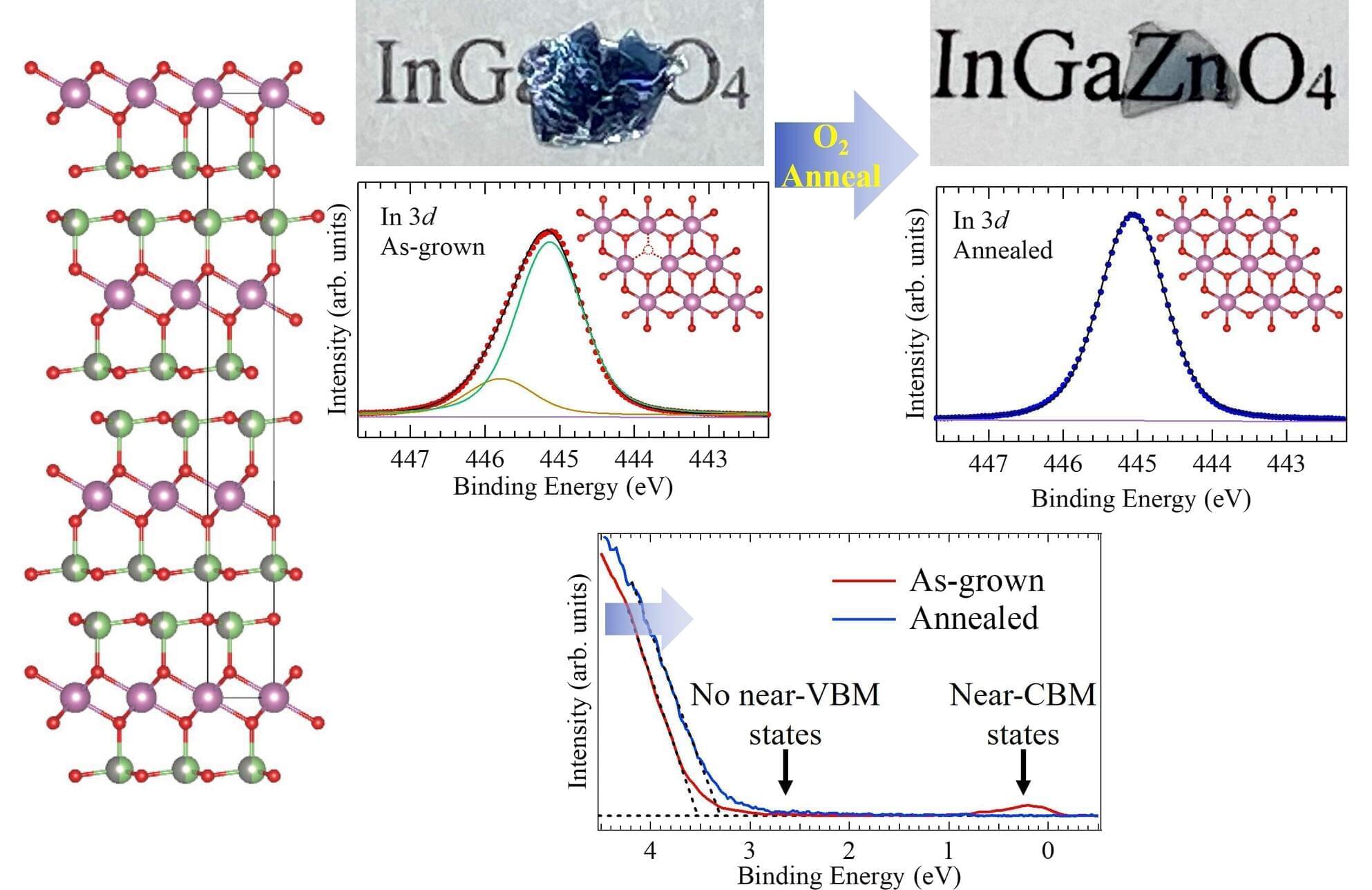
Many displays found in smartphones and televisions rely on thin-film transistors (TFTs) made from indium gallium zinc oxide (IGZO) to control pixels. IGZO offers high transparency due to its large bandgap (the gap existing between the valence and conduction bands), high conductivity, and can operate even in an amorphous (non-crystalline) form, making it ideal for displays, flexible electronics, and solar cells.
However, IGZO-based devices face long-term stability issues, such as negative bias illumination stress, where prolonged exposure to light and electrical stress shifts the voltage required to activate pixels. These instabilities are believed to stem from structural imperfections, which create additional electronic states—known as subgap states—that trap charge carriers and disrupt current flow.
Until recently, most studies on subgap states focused on amorphous IGZO, as sufficiently large single-crystal IGZO (sc-IGZO) samples were not available for analysis. However, the disordered nature of amorphous IGZO has made it difficult to pinpoint the exact causes of electronic instability.
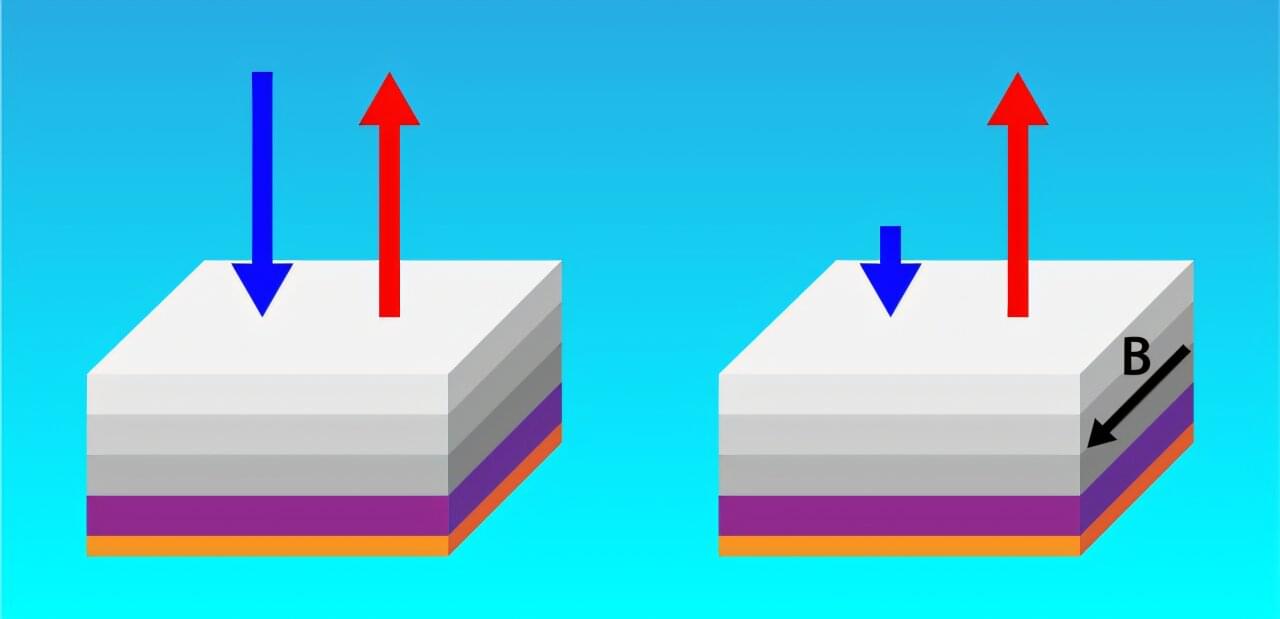
New results published in the journal Physical Review Letters detail how a specially designed metamaterial was able to tip the normally equal balance between thermal absorption and emission, enabling the material to better emit infrared light than absorb it.
At first glance, these findings appear to violate Kirchhoff’s law of thermal radiation, which states that—under specific conditions—an object will absorb infrared light (absorptivity) in one direction and emit it (emissivity) with equal intensity in another, a phenomenon known as reciprocity.
Over the past decade, however, scientists have begun exploring theoretical designs that, under the right conditions, could allow materials to break reciprocity. Understanding how a material absorbs and emits infrared light (heat) is central to many fields of science and engineering. Controlling how a material absorbs and emits infrared light could pave the way for advances in solar energy harvesting, thermal cloaking devices, and other technologies.
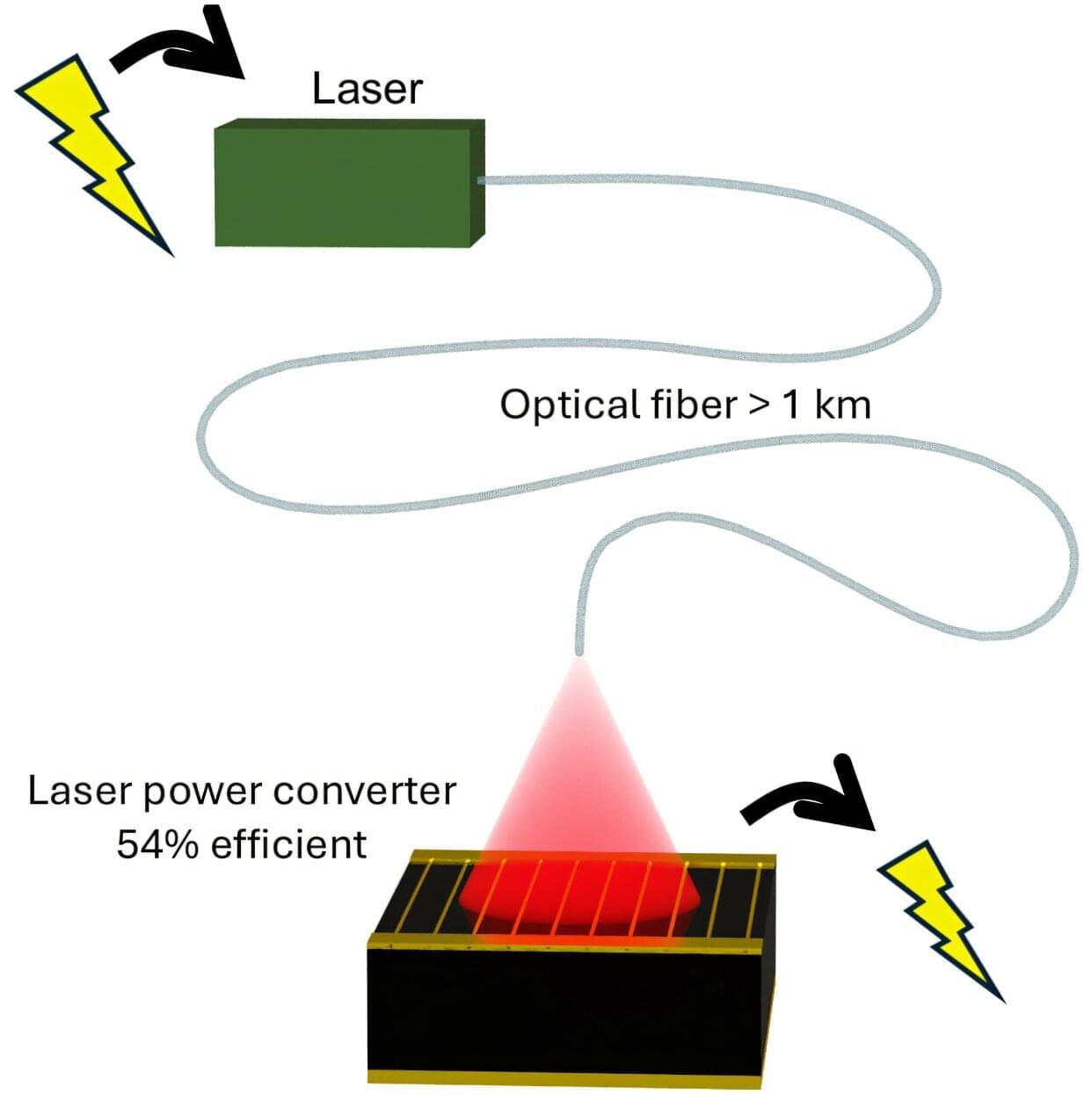
From smart grids to the internet of things, the modern world is increasingly reliant on connectivity between electronic devices. Thanks to University of Ottawa researchers, these devices can now be simultaneously connected and powered with a simple optical fiber over long distances, even in the harshest environments.
This significant step forward in the development of photonic power converters—devices that turn laser light into electrical power —could integrate laser-driven, remote power solutions into existing fiber optic infrastructure. This, in turn, could pave the way for improved connectivity and more reliable communication in remote locations and extreme situations.
“In traditional power over fiber systems, most of the laser light is lost,” explains Professor Karin Hinzer of the University of Ottawa’s SUNLAB, which collaborated with Germany’s Fraunhofer Institute for Solar Energy Systems on the study. “With these new devices, the fiber can be much longer.”